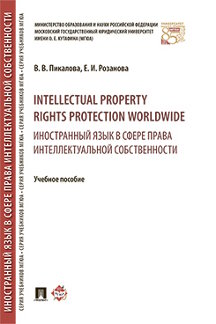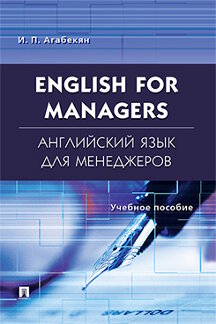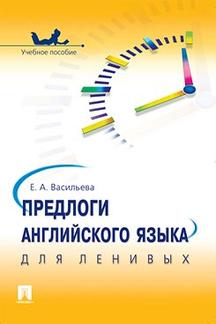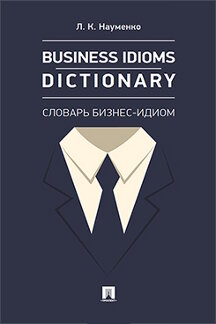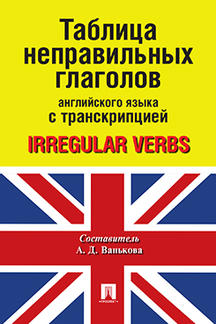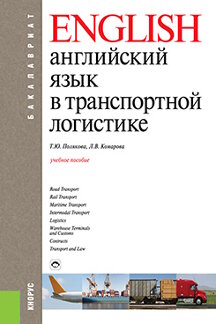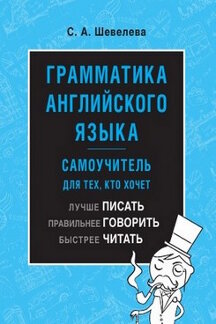|
|
ОглавлениеUnit 2 IP: International Legal Environment Unit 3 Copyright Law: Rationale of copyright. Obtaining and enforcing copyright Unit 4 Copyright Law: Moral and Economic rights Unit 5 Copyright Protection of Computer Software Unit 6 Copyright Law: “Whose format is it anyway?” Unit 7 Trademarks: definition, functions, registration and use Unit 8 IP and Business: Trademark Coexistence Unit 11 Patent Law: Patent application Unit 13 Role of Intellectual Property in Enhancing the Competitiveness of the Tourism Industry Для бесплатного чтения доступна только часть главы! Для чтения полной версии необходимо приобрести книгуUnit 5 Copyright Protection of Computer SoftwareVOCABULARYsui generis system — система специальной правовой охраны copyright infringement — нарушение авторского права software — программное обеспечение fair use/fair dealing — добросовестное, законное использование backup — резервное копирование commercial use of non-commercial software — коммерческое использование некоммерческого программного обеспечения counterfeiting — контрафакция hard-disk loading — загрузка жесткого диска make void — лишать юридической силы unauthorised user — несанкционированный пользователь “file-sharing” on peer-to-peer network — файл общего доступа в пиринговой сети READING 1Exercise 1. Read through the text and answer the questions. 1. What are the two ways of protecting computer software? 2. What does copyright protection extend to? 3. When is a patent granted? 4. Is the law relating to the patentability of software harmonized all over the world? Why? Copyright Protection of Computer Software Introduction Software development over the last decades represents a pace of change not seen since the Industrial Revolution. Software is pervasive, affecting virtually every aspect of human life in all parts of the world. From the perspective of intellectual property rights (IPRs), discourse and debate focuses not only on how software should be protected, but also on a myriad of issues reflecting the many roles that software plays in digital distribution of creative content. In the 1970s and 1980s, there were extensive discussions on whether the patent system, the copyright system, or a sui generis system, should provide protection for computer software. These discussions resulted in the generally accepted principle that computer programs should be protected by copyright, whereas apparatus using computer software or software-related inventions should be protected by patent. Copyright law and patent law provide different types of protection. Copyright protection extends only to expressions, and not to ideas, procedures, methods of operation or mathematical concepts as such, whereas a patent is an exclusive right granted for an invention, which is a product or a process that provides a new way of doing something, or offers a new technical solution to a problem. Copyright protection is formality-free in countries party to the Berne Convention for the Protection of Literary and Artistic Works (the Berne Convention), which means that protection does not depend on compliance with any formalities such as registration or deposit of copies. A patent is generally granted after completing an examination procedure by a government agency. Copyright protection of computer software is established in most countries and harmonized by international treaties to that effect. The law relating to the patentability of software is still not harmonized internationally, but some countries have embraced the patentability of computer software and others have adopted approaches that recognize inventions assisted by computer software. (International IP Protection of Software: History, Purpose and Challenges; Mr. Víctor Vázquez Lopez, May 29, 2007) Exercise 2. Read through the text. Say whether the following statements are true or false. If they are false correct them, if they are true prove it. 1. Sui generis is a Latin term meaning ‘a special kind’. In Intellectual property rights discourse the term refers to a special form of protection regime outside the known framework. 2. At the WIPO and UNESCO forum in Geneva a ‘soft law’ model was worked out which clarified that computer programs should be protected as literary works under of the Berne Convention. 3. Copyright protection of computer programs is still a disputable issue. 4. Software itself is not just a technical result, but it is a creative, original expression which has “active” nature. Brief History of Copyright Protection of Computer Software WIPO started to consider the question of the legal protection of computer programs in the 1970s, and, first, the idea of working out a sui generis system emerged. The sui generis protection covered all three elements of computer programs: object code, source code and documentation. “Source code” is the original code of the computer program written in program languages which can be read and understood by human beings, particularly those who are specialized in this field; “object code” is a version of the program that is directly usable by a computer, in binary form — a series of “zeros” and “ones” — that computer processors may understand, but human beings cannot unless it is “decompiled”, that is transformed into source code. However, the WIPO Model Provisions on the Protection of Computer Programs which provided for a sui generis system were not followed by national legislators, and the idea began to prevail that copyright should be applied for the protection of computer programs. In February 1985, WIPO and UNESCO convened in Geneva a joint Group of Experts on the Copyright Aspects of the Protection of Computer Programs. At this meeting, on the basis of a thorough study and an animated debate, a breakthrough took place towards the recognition of computer programs. There were then two developments which completed, at the level of binding regional and international norms, what had been worked out at the WIPO forums in the form of a “soft law” model: first, the publication, in July 1991, of the Computer Programs Directive of the European Community and the adoption, in April 1994, of the TRIPS Agreement, both of which clarified that computer programs should be protected as literary works under of the Berne Convention. Article 10 of The TRIPS Agreement contains an interpretive provision stating that computer programs, whether in source or object code, shall be protected by the Berne Convention. There are very few voices today that argue against copyright protection of computer programs. Computer programs are not “merely” technical solutions, even if software developers are sometimes considered as “outsiders” by other, more traditional creators in the musical or literary fields. Indeed software itself is not just a technical result, but an author’s creation which has a technical character. The only difference is the “active” nature of the computer program, meaning that it has technical (physical) effects in computer hardware during its operation. But this is not a reason for the exclusion of software — as a creative, original expression — from copyright protection. (International IP Protection of Software: History, Purpose and Challenges; Mr. Víctor Vázquez Lopez, May 29, 2007) VOCABULARY IN USEExercise 3. Discuss the following phrases in pairs and explain them in your own words. • to embrace the patentability of computer software; • sui generis system; • source code and object code; • binding regional and international norms; • to contain an interpretive provision; • “active” nature of the computer program. Exercise 4. Match the types of copyright infringement of software with their definitions and find Russian equivalents. According to the Business Software Alliance, copyright infringement of software takes several forms, which include the following:
С книгой "Intellectual property rights protection worldwide = Иностранный язык в сфере права интеллектуальной собственности. Учебное пособие" автора Пикалова В.В., Розанова Е.И. также читают:Внимание! Авторские права на книгу "Intellectual property rights protection worldwide = Иностранный язык в сфере права интеллектуальной собственности. Учебное пособие" (Пикалова В.В., Розанова Е.И.) охраняются законодательством! |
||||||||||||||||||||||||||||||||||


